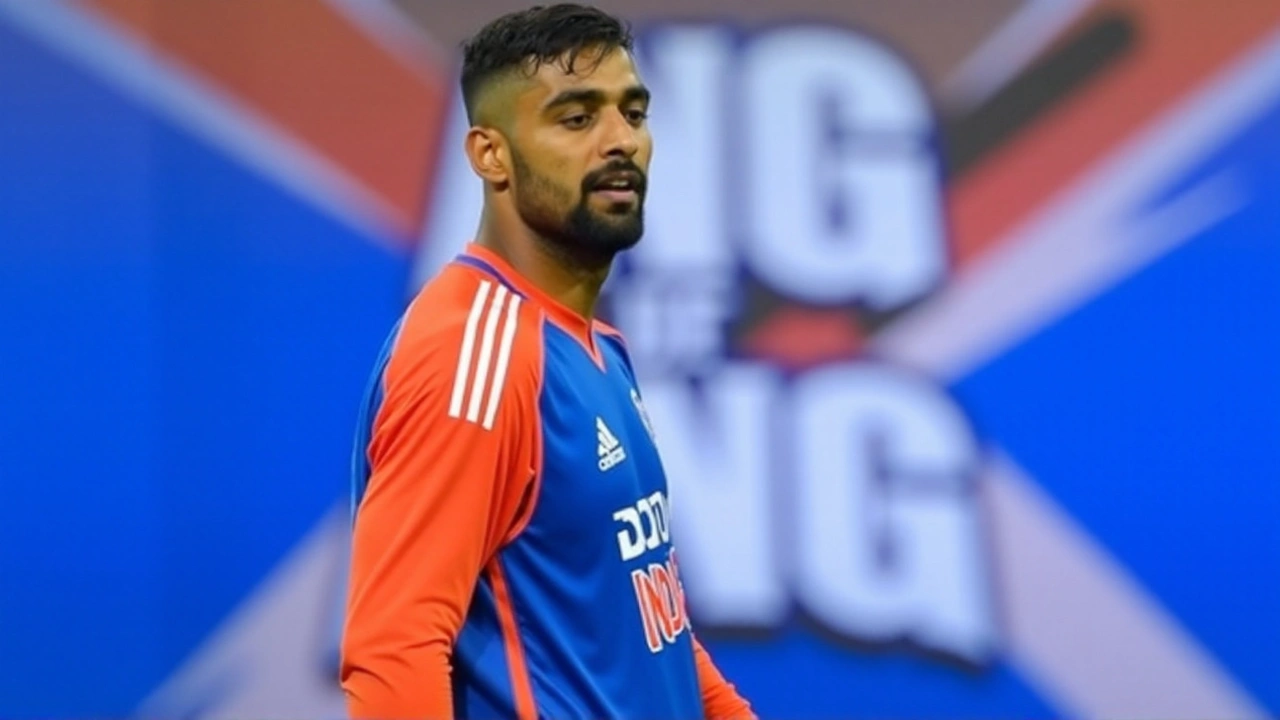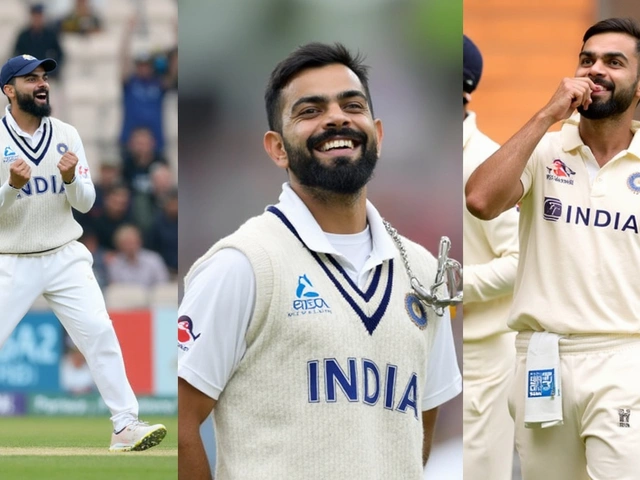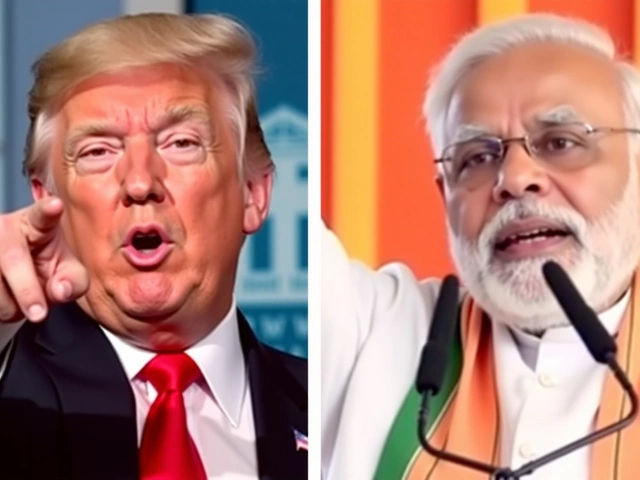Crucial Third Match at Rajkot
The third T20 International between India and England was not just another cricket match. Played on January 28, 2025, at the Niranjan Shah Stadium in Rajkot, it held significant importance for both teams. The stakes were high as India aimed to secure yet another T20I series victory at home, while England was striving to bounce back into contention. The evening began with India winning the toss. Captain Suryakumar Yadav decided to bowl first, perhaps relying on the strength of his bowlers and the advantage of chasing under lights. The toss took place promptly at 6:30 PM IST, setting the tone for what would be a gripping encounter.
Lineup Changes and Strategies
While England retained their playing XI, India saw some reshuffling in their lineup. Key players such as Abhishek Sharma and Sanju Samson were included, with Samson also taking on the wicketkeeper's role. The exclusion of experienced pacer Mohammed Shami drew attention, although it was reportedly due to factors unrelated to fitness. Other prominent names in India’s lineup included Tilak Varma, Hardik Pandya, and Washington Sundar, presenting a balanced side equipped with both youthful exuberance and seasoned expertise. On the flip side, England's unchanged lineup, including dynamites like Ben Duckett, Jos Buttler, and Adil Rashid, underscored their confidence in a winning formula that had yet to yield a match triumph in this series until now.
England's Strong Batting Performance
Under the floodlights at Rajkot, England's innings commenced with a solid start. The openers, Ben Duckett and Philip Salt, laid a firm foundation, subtly dictating the pace of the game with calibrated aggression. Duckett's adept handling of Indian spinners and Salt complementing him with powerful shots was precisely what England needed to shake off the disappointment of previous matches. Captain Jos Buttler was at his formidable best, unleashing a series of boundaries and sixes that excited the England camp. The stadium was alive with anticipatory murmurs and the occasional roar. As the innings progressed, Harry Brook and Liam Livingstone contributed significantly, with Livingstone, in particular, leveraging his explosive batting prowess to propel England's total to a competitive 185/6.
India's Bowling Tactics
The Indian bowlers had a varied spell throughout England's innings. Washington Sundar and Axar Patel were tasked with curbing the run flow in the middle overs, but it was Varun Chakravarthy's enigmatic deliveries that created some respite for India. Although a few missed opportunities dampened India's spirits, Ravichandran Ashwin and young leg-spinner Ravi Bishnoi tried to forge breakthroughs. Still, England’s batsmen maintained commendable composure amidst pressure. The pitch played along, offering some turn, yet not substantial enough to disrupt England’s well-constructed innings. Critics and aficionados alike watched closely, discerning every move, as England set a challenging target that was bound to test India's robust batting lineup.
India's Challenging Chase
In response, India strode out to bat with palpable determination. Despite the high target, the first few overs saw a steady partnership developing between openers Suryakumar Yadav and Abhishek Sharma. The duo seemed adept at neutralizing England's pace attack initially. However, the quick wickets of Yadav and Sharma jolted India’s chase momentum. As the pressure intensified, the skipper's departure put additional onus on players like Tilak Varma and Hardik Pandya. Each boundary drew enthusiastic cheers yet the fall of wickets dampened what felt like a looming Indian comeback. Sanju Samson tried to anchor the innings with his trademark elegance but lost partners at regular intervals, causing India to slip into a precarious position.
England's Bowling Showcase
England's bowlers showcased an exemplary display of traditional prowess and tactical nous. Jofra Archer’s fiery spells were complemented by Mark Wood’s pace attack that disrupted the rhythm of India's top order. Adil Rashid, with his unmatched skill in googlies and flippers, spun a web around India’s middle order, claiming crucial wickets at pivotal moments. As India approached the death overs, needing an encouraging run rate, Rashid's calculated deliveries sealed any remaining hopes for India of overturning their fortunes. England’s fielding discipline further aided their cause, as they held onto catches that can often alter the course of a match.
Series Impact and Future Outlook
England's victory, a crucial 26-run win, not only marked their presence in the series but also disrupted India’s lengthy winning streak at home. Since Australia’s triumph in February 2019, no team had defeated India in a T20I series at home – a span that spoke volumes of India’s formidable stronghold. This win stands as a testament to England’s resilience and capacity to adapt under competitive pressure. Fans worldwide revelled in the live broadcast delivered across Star Sports Network in India and the Disney+ Hotstar platform, reaching cricket enthusiasts in every corner. As the series progresses, both teams have much at stake – England now with renewed vigor and India looking to reassess and recalibrate for the matches ahead.
In conclusion, the match was more than just a game; it was a chapter in cricketing history that demonstrated the unpredictable nature of sports. England’s win is a reminder of their expertise and a firm declaration that they remain an elite T20 force, capable of toppling even the most steadfast of opponents.








